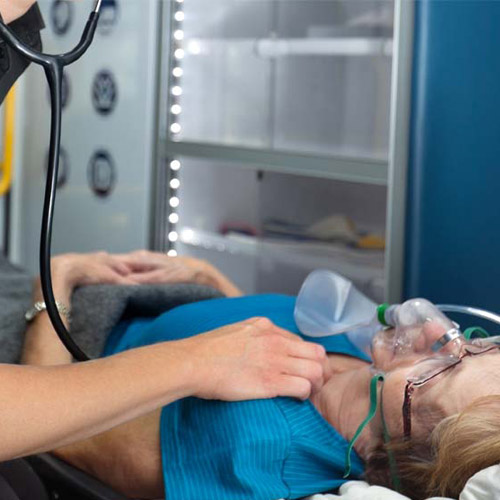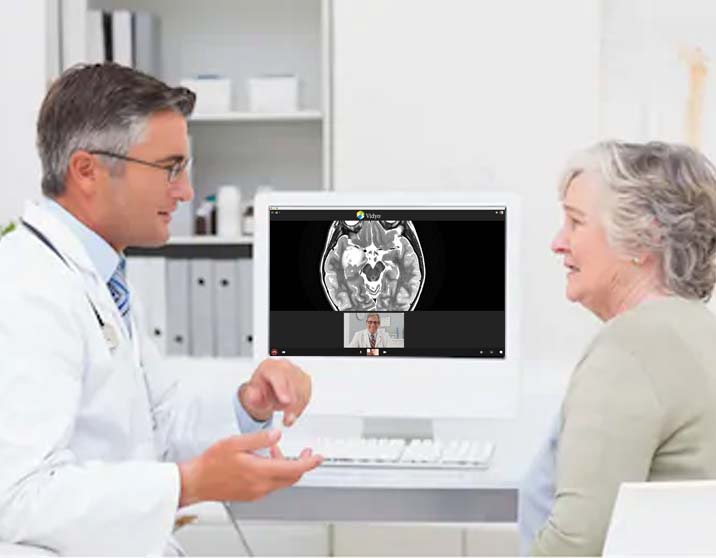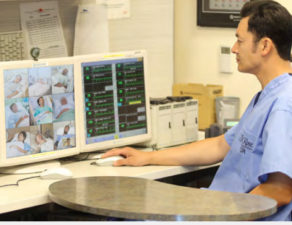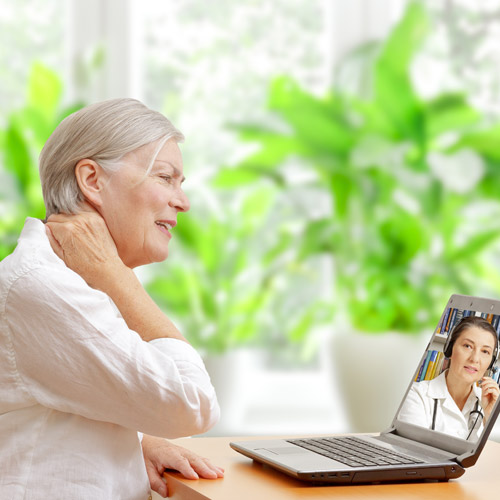What Can be a Telehealth Service?
Doctors regularly look for better, faster, and more convenient ways to treat people. Thanks to technological advancements such as telemedicine, nearly everyone has access to medical services or information that had historically been unavailable.
Telemedicine has been around in some form since the 1950s. Yet most healthcare consumers have long preferred seeing their doctors in person. Although telemedicine adoption was on an upward slope by 2020, RAND Corporation data put market penetration at a mere 4% of the U.S. population.
When Covid-19 struck, the use of telehealth service exploded, with many healthcare organizations averaging thousands per day.
Two years later, consumers have fully embraced telemedicine, and demand for telehealth service is expected to rise by 38% over the next five years as more and more patients become eager to take advantage of the convenience of digital healthcare and more companies develop solutions beyond teleconferencing to meet digital demand for the following care services.

Emergent Care
The emergency department is one of the most expensive and resource-constrained settings in healthcare and where time is critical. Telemedicine can provide triage support, especially rapid triage of low-acuity presentations, improving efficiencies and reducing Left Without Being Seen. Telemedicine can offer virtual urgent-care consults for minor injuries and illnesses and time-saving access to specialists such as psychiatrists and neurologists.

Acute Care
Acute care is active, short-term treatment for a severe injury or episode related to illness, an urgent medical condition, or recovery from surgery. Staff involved in providing acute care range from admissions personnel for a planned procedure to emergency-room staff for an emergency to surgeons, nurses, and support staff, including housecleaning and dietary.
Video-enabled virtual care solutions allow virtual rounding, remote ICU monitoring, and multidisciplinary consults, helping systems deliver a world-class experience to patients and families. It can reduce the length of stay and readmissions, improve outcomes, and optimize resources.

Remote Patient Monitoring
It’s impossible for each clinician to monitor just one patient, 24/7; until now. Remote Patient Monitoring is a cutting-edge alternative to in-person sitters. Clinicians can easily monitor multiple patients simultaneously on the same monitor from any location, noting conditions such as fall risk and more, and communicate with patients via teleconference. Clinicians can invite family members, providers, or specialists to join the conference via an onscreen email/SMS invitation option.
Remote Patient Monitoring can take place outside a hospital setting and may include wearables and apps that measure a patient’s heart rate, blood pressure, and sleeping patterns, provide medication reminders, and an efficient way for patients and providers to connect.

At-Home Care
By 2030, 1 out of every 5 U.S. citizens will be of retirement age. As a result, there will be far more demand than supply for healthcare in the future. Remote At-Home Care can coordinate care, manage chronic disease states, and educate patients in face-to-face encounters. Remote patient monitoring allows providers to easily stay engaged with patients for disease management, wellness checks, and care coordination.

Ambulatory Care
Office visits and ambulatory care are the backbones of the healthcare system—and telehealth is poised to take it over completely. Video conferences, virtual visits, and integrated digital exam kits allow patients to meet with their PCP, consult with specialists and have on-demand care 24/7.

Post-Acute Care
Post-acute care includes rehabilitation or palliative services that beneficiaries receive after or, in some cases, instead of a stay in an acute care hospital. Depending on the intensity of care the patient requires, treatment may include a stay in a facility, ongoing outpatient therapy, or care provided at home. When telemedicine is incorporated into post-acute care, patients can recover at home, see their provider for post-operative compliance, and achieve improved outcomes. And remote care can make a significant difference for those who have chronic conditions and require continual care.
VidyoHealth Offers So Much More Telehealth Service
We’ve barely scratched the surface of all telehealth services —and VidyoHealth—has to offer. Our telehealth solutions are flexible and straightforward, delivering reliable, interoperable, and scalable video conferencing for today’s healthcare environment.
And as telehealth changes and evolves, VidyoHealth will keep pace, continually improving and innovating.
Would you like to learn about all Vidyo has to offer? Schedule a demonstration.
